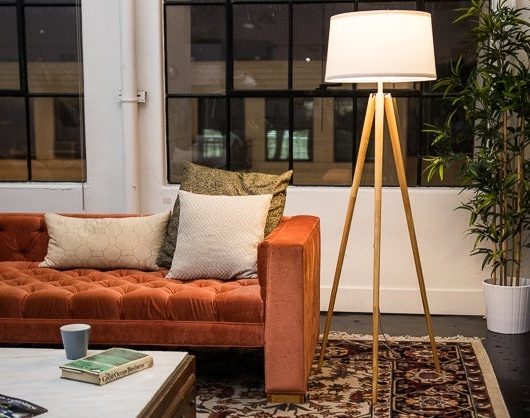Introduction
Introduction: Floor light is one of the most important pieces of home décor. Not only does it add an extra layer of convenience to your life, but it can also help you see in the dark and improve your overall productivity. There are many different types of floor light, but we’ve narrowed it down to our favorite five models. Here they are:
What are Floor Light Controls.
A floor light control is a device that helps you change the brightness of a floor light. Floor light controls are typically found in bright or low-light areas of a room, such as the bedroom, living room, and kitchen. They can also be found in enclosed spaces, such as an elevator and at intersections where two rooms share a hallway.How to Choose the Right Floor Light ControlsBefore making your purchase, it’s important to understand what type of floor light controls you need. There are three main types of floor light controls: dimmer switches (also called dimmable switches), flicker controllers, and touch screens. Each type has its own advantages and disadvantages.Dimmer switches are the most common type of floor light control and they are used to adjust the brightness of a floorlight under normal circumstances. A dimmer switch can be set to three different levels—low, medium, or high—so you can find the perfect level for your needs. When you press the button on the switch to turn on or off the floorlight, this causes a fluctuations in current that is delivered through an AC adapter to each bulb on your lamp assembly.Dimmer switches work best when they’re used in dark areas because they limit how much power is drawn from your AC outlet when turned on. When used in brighter areas or during special occasions such as wakes up or bedtime, you may find that their function starts to degrade over time due to overuse or age. Try turning them off before leaving for work so you don’t have any surprises when returning home late at night!Flicker controllers are also known as touch screen floor lights and they allow you to change all aspects of a room’s lighting including brightness, color temperature, and duration of service [see footnote]. These controllers usually come with built-in timers that let you customize your services for specific times of day or events (such as turning off lights at night). You can also use these controllers with home security systems which will turn your lights on when someone enters or leaves your house [see footnote].Touch screens are becoming more popular due their convenience and ease of use compared to other types of floor light controls [see footnote]. Touch screens generally have one button that lets you alter all aspects of a room’s lighting including brightness/color temperature/duration (with some models having multiple buttons), timing (for turning lights on/off at specific moments), motion detection (for activating voice commands), and vibration (for activating sounds). Touch screens offer many advantages over other types of controller such asdimmer switches: They’re less likely to conflict with other devices in your home; they don’t require an AC outlet; they’re easier to read than older versions of textured glass floors; they respond quickly to finger movement; they’re available in multiple colors; they emit no noise while in use; and many models now include built-in sensors that detect people & pets [see footnote].
How to Maintain Floor Light Controls.
2.1. One way to keep your floor light controls in good condition is to regularly clean and protect them from dirt, dust, and other debris. Cleaning the controls can also remove any built-up oil or grease that may have accumulated over time.2.2. Another way to keep your lights in good condition is by following these simple steps:a. Remove all coverings from the light sockets and wires;b. Disconnect the power cord from the light;c. Turn off the light switch;d. Carefully wipe down each surface of each light socket with a cloth or paper towel;e. Reattach the power cord to the light socket;f. Place a cover on top of each light socket so that no matter how you turn them on, they will be powered on at all times (this is called an “accessory”);g. Put away any tools that you used to adjust or fix the light fixtures; andh. Store the light fixtures in a dry, dark place away from children and pets].
How to Use Floor Light Controls in Your Home.
The use of floor light controls can be difficult at first, but with a little practice you will quickly become proficient in how to operate them. In order to use controls correctly, follow these tips:-Make sure the light switch is turned off before trying to turn on the light.-Use the correct hand to hold the control and use your other hand to adjust the brightness.-Be sure that all lights are off when using floor light controls. If one or more lights are on, it may not be safe to operate the control.- Make sure that there is no obstruction between you and the light source when using floor light controls. This includes anything from furniture to children playing in the room.
Conclusion
Floor Light Controls are a necessary part of any home, and should be kept in good condition to avoid problems. Whether you need to replace a light or keep them working efficiently, it’s important to follow these simple instructions.

Leave a Reply